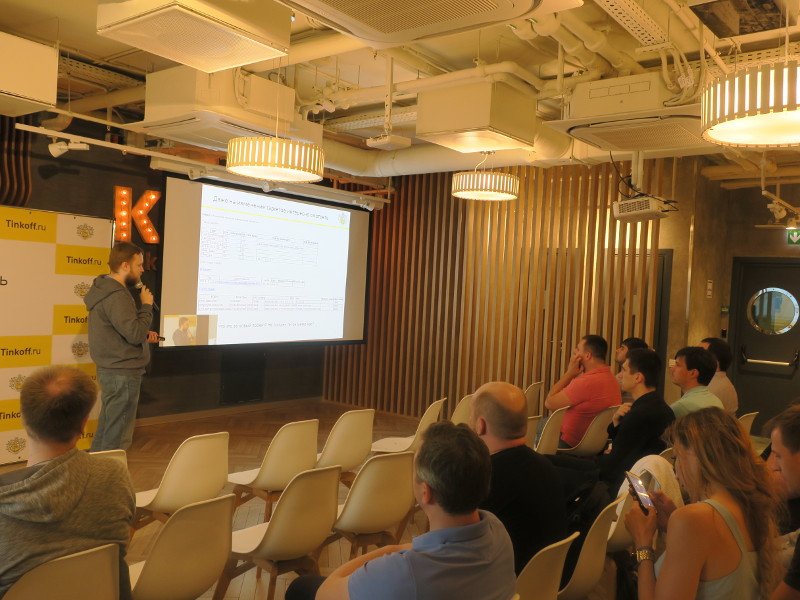Last Week’s Security News: Black Hat Pwnie Awards, iPhone Checks Photos, Evil Windows Print Server, Cisco VPN Routers Takeovers. Hello everyone! Last Week’s Security News, August 1 – August 8.
Black Hat Pwnie Awards
Last week was more quiet than normal with Black Hat USA and DEF CON security conferences. I would like to start with the Pwnie Awards, which are held annually at Black Hat. It’s like an Oscar or Tony in the information security world. Pwnie Awards recognizes both excellence and incompetence. And, in general, is a very respectable, adequate and fun event.
There were 10 nominations. I will note a few.
- Firstly 2 nominations, which were received by the guys from Qualys.
Best Privilege Escalation Bug: Baron Samedit, a 10-year-old exploit in sudo.
Most Under-Hyped Research: 21Nails, 21 vulnerabilities in Exim, the Internet’s most popular mail server. - Best Server-Side Bug: Orange Tsai, for his Microsoft Exchange Server ProxyLogon attack surface discoveries.
- Most Epic Fail: Microsoft, for their failure to fix PrintNightmare.
- Best Song: The Ransomware Song by Forrest Brazeal



